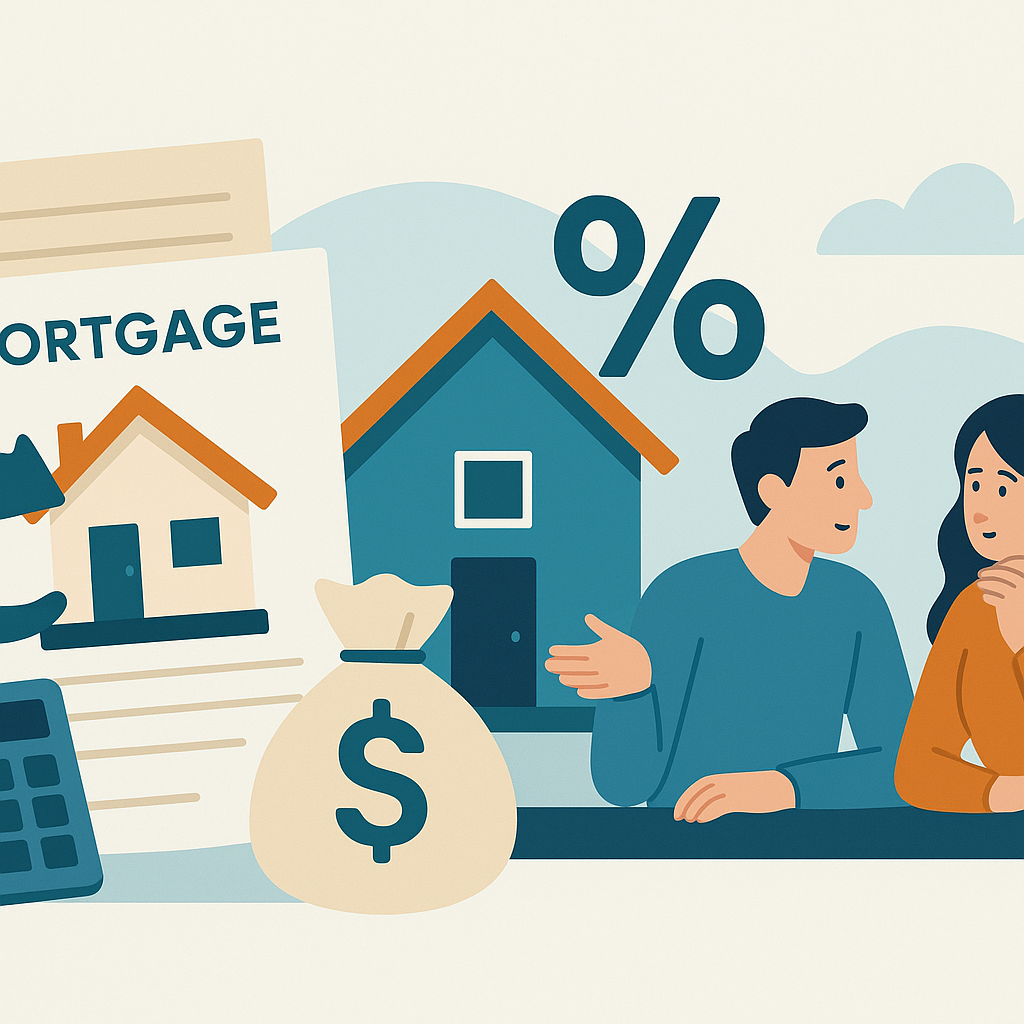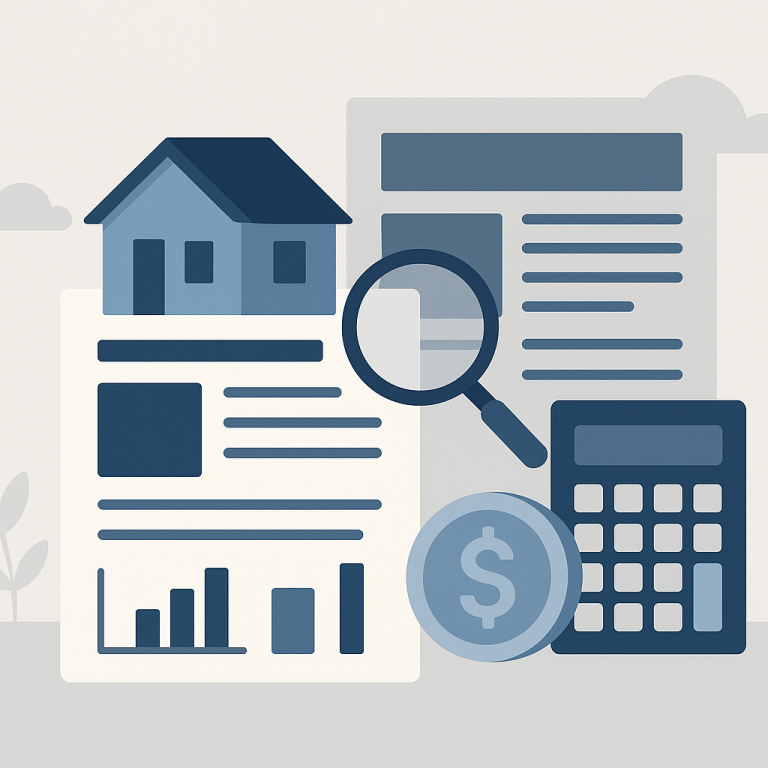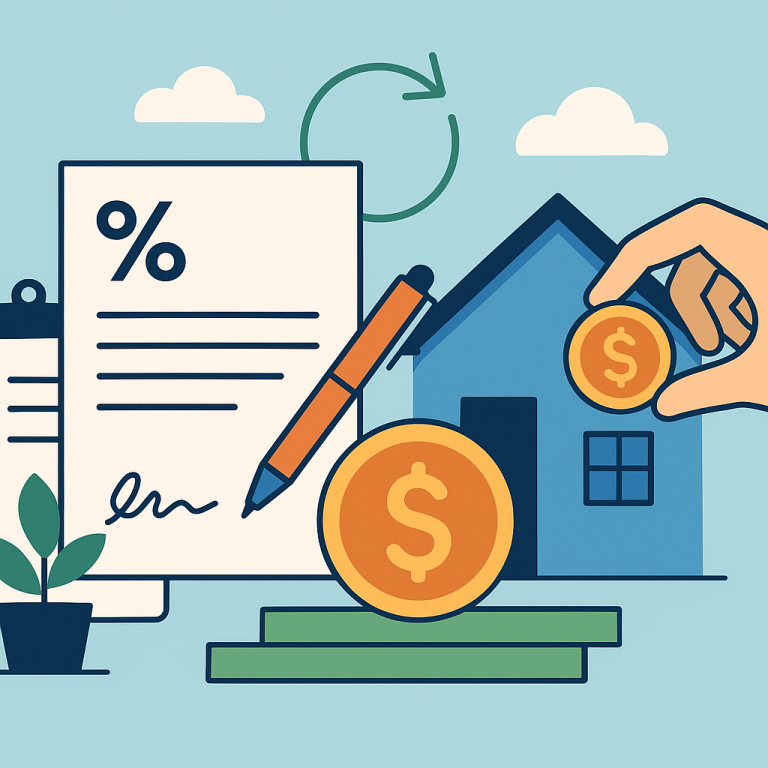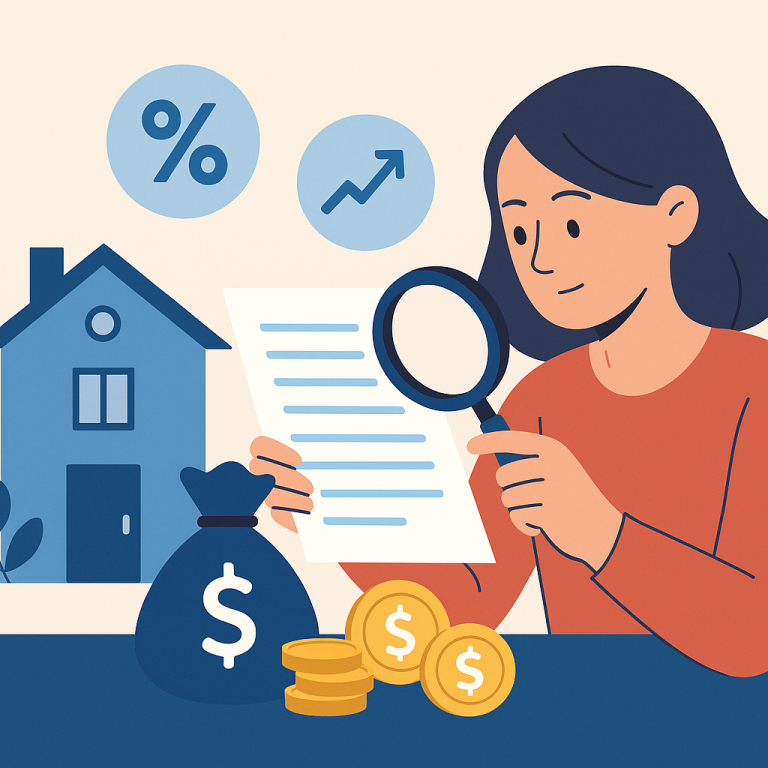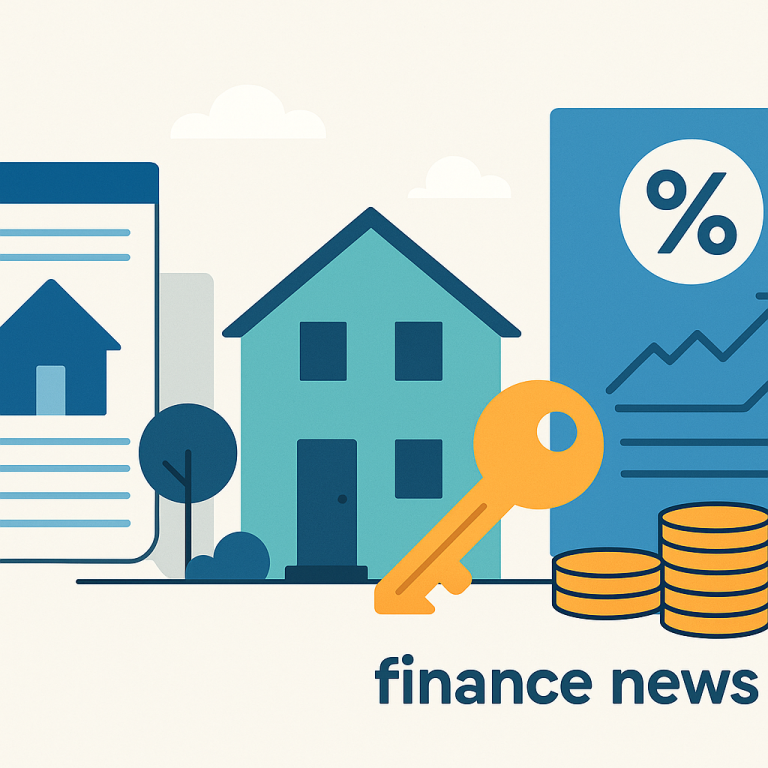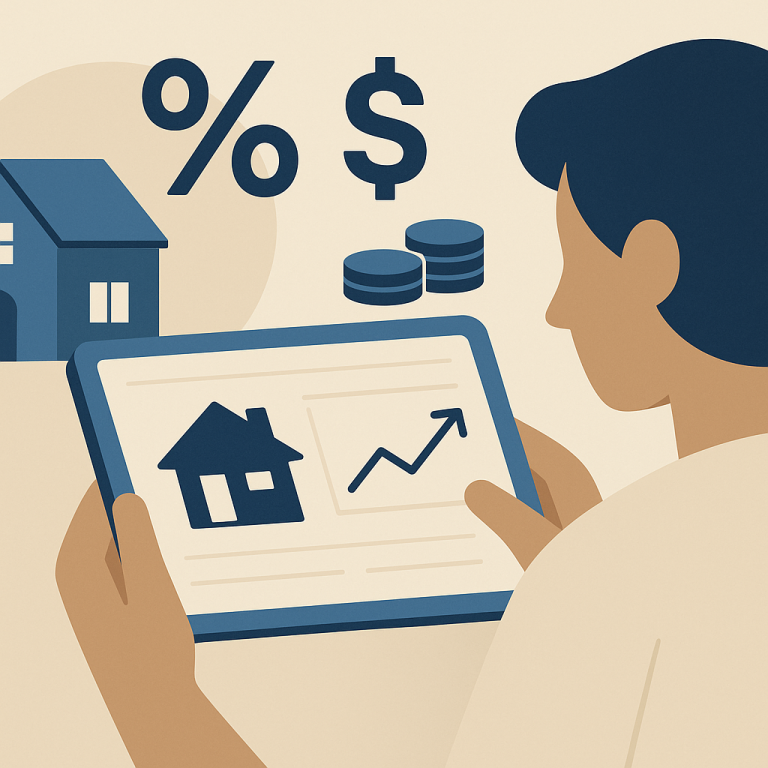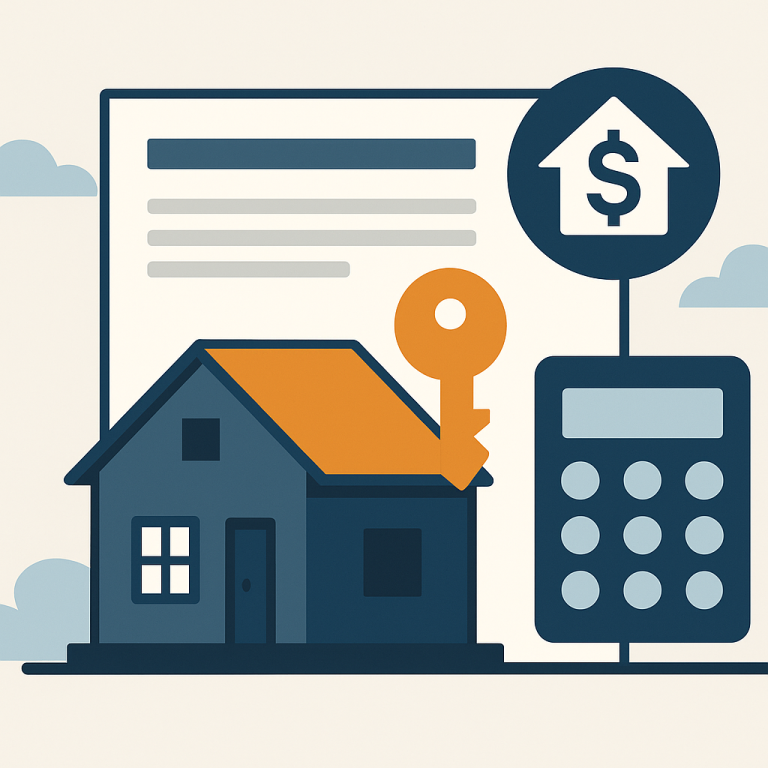Refinance guide escrow accounts and reserves when you refinance
Escrow Accounts and Reserves When You Refinance: What Homeowners Need to Know
Refinancing a mortgage can lower your rate, change the loan term, or let you tap home equity. Two financial items lenders focus on during refinancing are escrow accounts (also called impound accounts) and cash reserves. They play different roles but both affect approval, closing costs, and how much cash you must have on hand. This guide explains what they are, when they matter, the costs involved, the step-by-step process, common pitfalls, and quick FAQs.
What They Are and When It Makes Sense
Escrow Accounts
An escrow account is a lender-held account used to pay recurring property-related bills such as property taxes and homeowner’s (hazard) insurance. Each month a portion of your mortgage payment goes into escrow. The lender disburses payments for taxes and insurance when due.
Escrow accounts are common on financed properties and often required by lenders, especially when your down payment or equity is below a certain threshold or when you’re refinancing into certain loan types (FHA, VA, conventional with low equity).
Reserves
Reserves are liquid funds (cash or assets easily converted to cash) a lender may require you to hold after closing. They are measured in months of mortgage payments—typically PITI (principal, interest, taxes, insurance). Reserves demonstrate you have a financial cushion to cover payments in case of income interruption.
Reserves become more important when you refinance to a cash-out mortgage, have a higher loan-to-value (LTV), are self-employed, or are refinancing an investment property. The stricter the underwriting risk, the more months of reserves a lender may require.
Benefits and Drawbacks
Benefits
- Predictability and convenience: Escrow ensures taxes and insurance are paid on time without you tracking multiple due dates.
- Underwriting strength: Having required reserves improves your chances of loan approval and may lead to better rates or terms.
- Protects against missed payments: Lenders avoid lapses in insurance or tax liens that could threaten their collateral.
Drawbacks
- Tied-up cash: Reserves require you to hold additional funds that could otherwise be used for investments or debt payoff.
- Higher upfront costs: Refinancing can require an initial escrow deposit (prepaid taxes/insurance) and possibly larger closing cash if reserves are required.
- Less control: Overages or shortages in your escrow can change your monthly payment when sheltering rules require adjustments.
Costs and Fees to Expect
When refinancing, several escrow- and reserve-related costs may appear on your Closing Disclosure or loan estimate:
- Initial escrow deposit: Lenders often require 1–2 months of escrowed amounts in advance to fund the account at closing. The exact amount depends on the timing of tax/insurance bills.
- Escrow cushion: Federal rules allow lenders to keep a cushion (commonly up to two months of escrow payments) to cover unexpected increases.
- Prepaid insurance/taxes: If an insurance premium or tax installment is due soon, you may need to pay it at closing.
- Reserve requirement: Not a fee, but you must show available cash/assets equal to the required months of PITI. You won’t pay this to the lender, but you must have it available at closing.
- Potential escrow account setup fees: Rare but some lenders charge small administrative fees to establish an escrow account.
Step-by-Step Process When Refinancing
1. Review your current escrow and reserves
Request an escrow statement from your current servicer to see balances and recent payments. Confirm how much you’ll receive as a refund if your old loan is paid off.
2. Get preapproved and understand lender requirements
Different lenders have varying escrow and reserve policies. Ask your loan officer about required months of reserves and whether escrow is mandatory for your loan type.
3. Gather documentation
Prepare bank statements, asset statements, and proof of homeowners insurance. Lenders will verify reserves and may need to see a history of those funds.
4. Review the Loan Estimate
On the Loan Estimate, review the “Prepaids” and “Escrows” sections to see the initial escrow deposit and any prepaid items. Confirm the reserves requirement with your loan officer.
5. Close the loan
At closing you’ll pay closing costs, any initial escrow deposit, and ensure you have the required reserves available. The old loan’s escrow account will be reconciled; you should receive any refund due after payoff.
6. Post-closing escrow management
Your new servicer will perform an escrow analysis annually to adjust payments based on tax and insurance changes. Keep insurance current and monitor property tax notices to avoid surprises.
Common Pitfalls to Avoid
- Confusing reserves with escrow: Reserves are cash you must have; escrow is an account the lender administers. They are not interchangeable.
- Underestimating initial escrow deposit: The timing of tax/insurance bills can create a larger-than-expected upfront escrow requirement.
- Using reserve funds too early: Do not spend funds you’re planning to show as reserves until after closing and after the lender has verified them.
- Forgetting escrow timeline for the old loan: Expect a delay (often 30–60 days) before receiving any remaining escrow refund from your previous servicer.
- Not shopping lenders: Reserve requirements vary. Getting multiple loan estimates can save cash or reduce reserve demands.
Short FAQ
Q: How many months of reserves do lenders typically require?
A: It depends. For owner-occupied conventional loans, 2–6 months of PITI is common; cash-out refinances, investment properties, or lower-credit applicants may face 6–12+ months. FHA and VA have different rules and sometimes require fewer months for certain borrower profiles.
Q: Can I waive an escrow account when refinancing?
A: Some lenders allow escrow waivers for borrowers with strong credit and sufficient equity, but waivers often come with a fee and are not permitted on all loan types (e.g., FHA usually requires escrow). Check your lender’s policy and local regulations.
Q: What happens to my old escrow account when I refinance?
A: Your old servicer will perform a final escrow analysis and refund any surplus from the escrow account after the loan is paid off. Timing varies by servicer—expect a few weeks to a couple of months.
Q: If I don’t have reserves, can I still refinance?
A: Possibly. Options include choosing a different loan program, accepting a higher rate or costs, using a co-borrower with assets, or keeping more equity in the home. Speak to lenders to understand alternatives.
Understanding escrow accounts and reserve requirements before refinancing helps you avoid surprises at closing and keeps your refinance on track. Review lender disclosures closely, document your reserves, and communicate with both your current servicer and new lender to ensure a smooth transition.
META: escrow accounts, impound accounts, cash reserves, refinance, closing costs, mortgage FAQ

